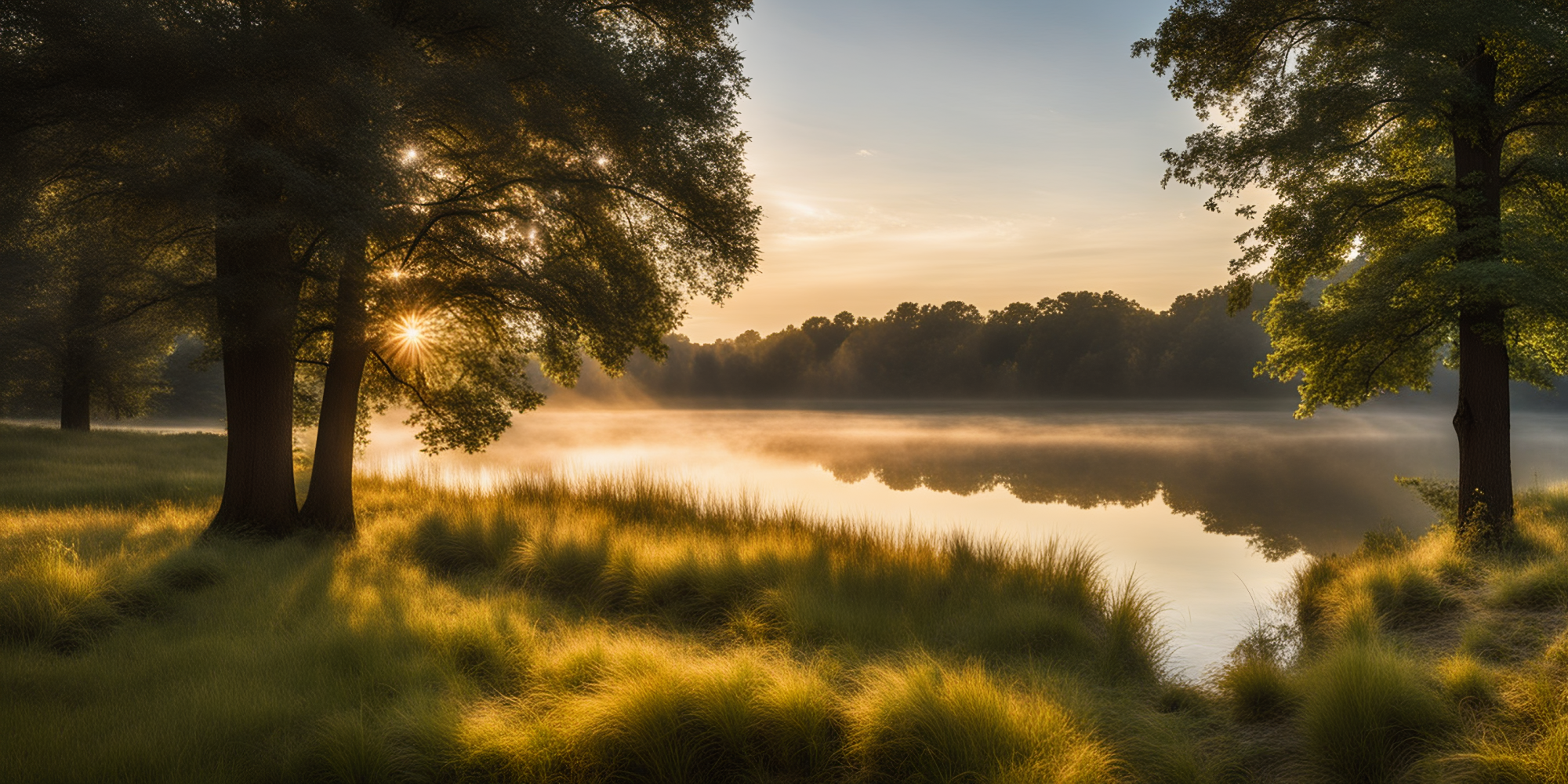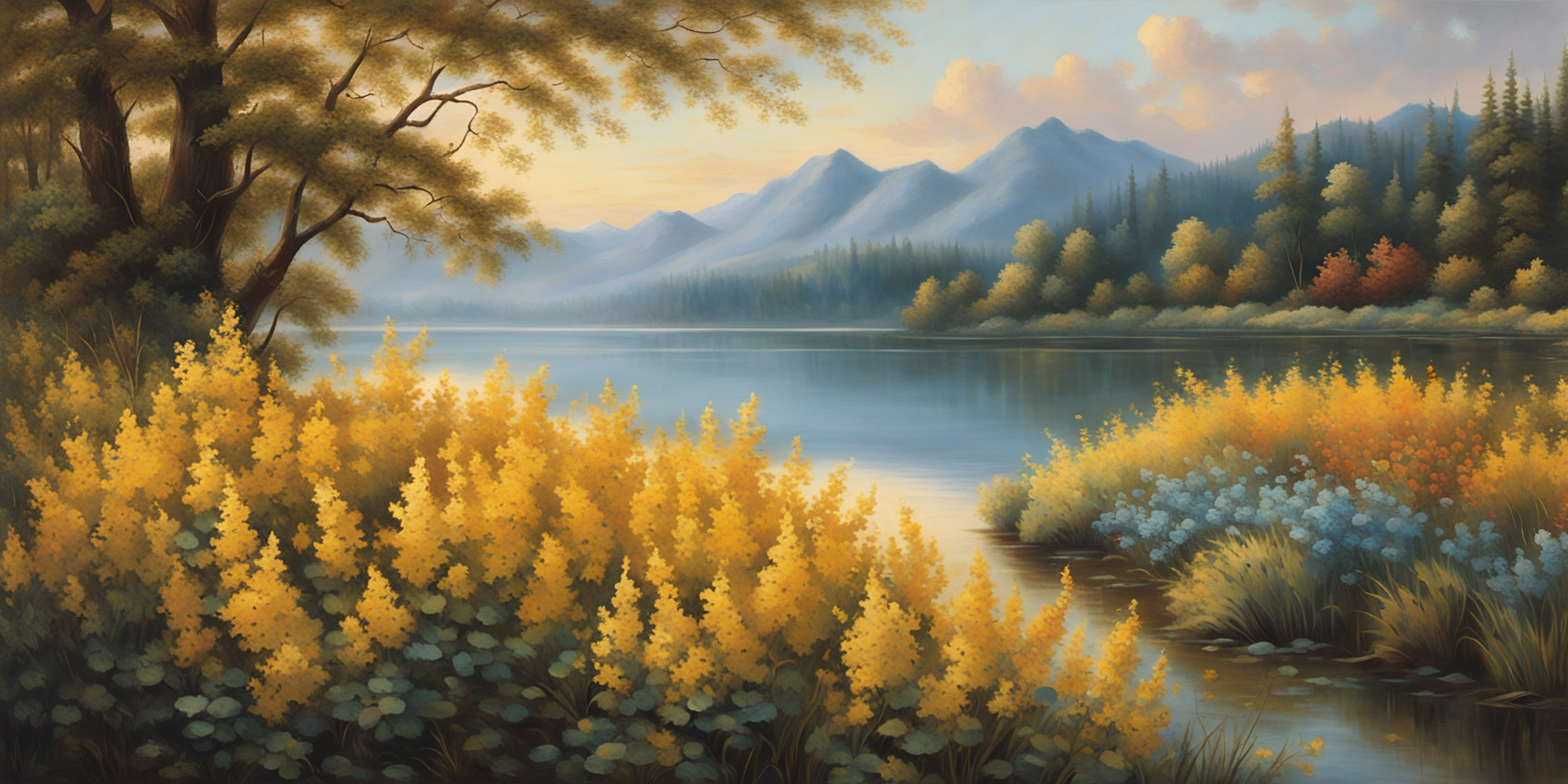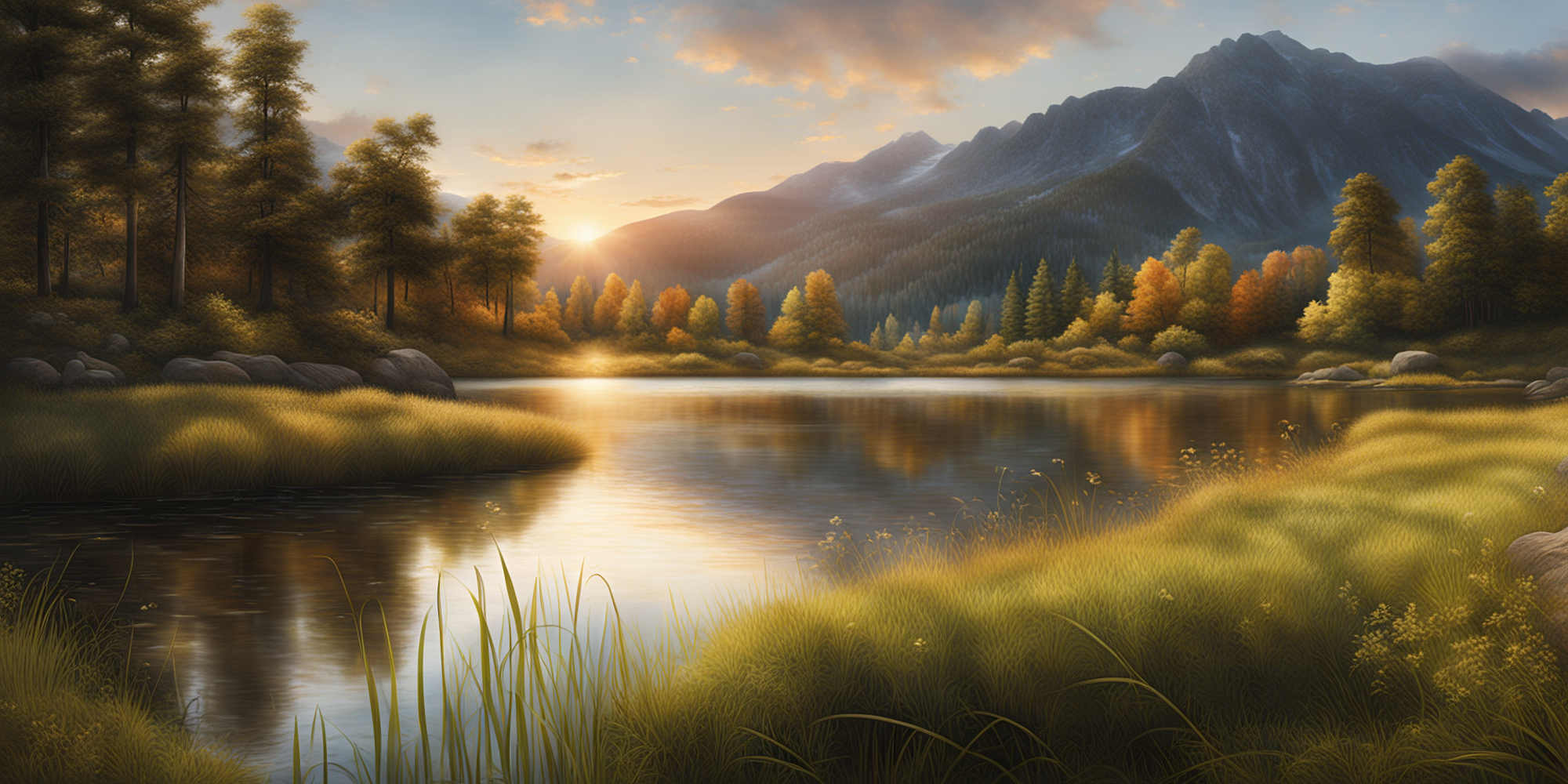How to create effective prompts for generating AI images?

In the dynamic realm of artificial intelligence, where image generation meets sophisticated algorithms, the quality of the outcome is intricately tied to the precision embedded within written descriptions.
This article aims to delve into the substantial impact of detailed and well-crafted descriptions on the outcome of AI-generated images, unraveling the interplay between textual guidance and visual manifestation, especially when utilizing cutting-edge AI technology like Deep-image.ai.
Light - Illuminating the Vision
A paramount factor in image generation, describing lighting conditions sets the visual tone. Whether it’s the warmth of a sunset casting a golden hue or the stark contrast of artificial light, the accuracy of the lighting description profoundly influences the resulting image. The interplay of shadows and highlights, guided by the nuanced description, adds depth and nuance to the digital canvas, seamlessly aligned with the capabilities of Deep-image.ai.
Example: A serene lakeside scene unfolds, bathed in the gentle glow of evening light, casting long, captivating shadows across the grassy shore. The subtle dance of light on the water's surface enhances the tranquil atmosphere, creating a captivating play of reflections.

Colors - Painting the Palette
Color descriptions wield a transformative power, dictating the visual palette of the generated image. Providing specifics about hues, saturation, and contrasts guides the AI model in reproducing the intended color scheme with fidelity. The infusion of vibrant, contrasting colors creates a dynamic visual impact, capturing the viewer’s attention and accentuating key elements within the scene, a feat accomplished with precision by Deep-image.ai.
Example: The lakeside scene unfolds with a warm palette, featuring golden yellows, soft blues, and muted greens that seamlessly blend with the reflective surfaces. The juxtaposition of vivid hues in the flowers along the shore adds a burst of color, creating a picturesque and harmonious composition.

First, Second, and Third Plane - Crafting Depth and Perspective
Defining the foreground, middle ground, and background adds depth and perspective to the image. This detail contributes to a balanced composition and a more lifelike depiction. By incorporating elements that transition seamlessly between planes, the generated image achieves a heightened sense of realism and spatial coherence, a characteristic trait of the advanced capabilities of Deep-image.ai.
Example: A couple enjoys a leisurely boat ride in the foreground, with distant mountains forming the tranquil background. The strategically placed elements in the middle ground, like gently swaying trees and distant wildlife, create a narrative flow that draws the viewer into the immersive scene.

Atmosphere - Setting the Mood
Describing the atmosphere establishes the emotional tone of the generated image. Whether it’s a misty morning, a bustling cityscape, or a quiet forest, the atmosphere significantly influences the overall ambiance. The careful portrayal of weather conditions, such as the crispness of the morning air or the humidity in a tropical setting, adds layers of sensory richness to the image, enhanced through the sophisticated algorithms of Deep-image.ai.
Example: A misty morning on the lakeside infuses the scene with a pervasive sense of calm, as the soft diffusion of light through the mist creates an otherworldly glow. The subtle ripples on the water's surface, hinted at in the description, contribute to the overall serenity, enhancing the immersive nature of the image.

Style - Defining Artistic Expression
Artistic style preferences transform the generated image. Clarifying whether it should appear animated, realistic, photographic, drawn, or painted directs the AI model to render the image accordingly. The specificity in style description empowers the AI to capture not just the visual elements but also the mood and essence associated with the chosen artistic approach, a capability exemplified by Deep-image.ai.
Example: A photorealistic depiction of the lakeside scene emerges, capturing intricate details with precision. The choice of a photorealistic style emphasizes the lifelike quality of the image, portraying the scene with a level of detail that invites viewers to almost feel the texture of each blade of grass and the coolness of the water.

Conclusion
By combining these variables, a detailed description acts as a precise guide for the AI, allowing for the creation of images that align closely with the intended vision. This underlines the crucial role of well-crafted descriptions in shaping the outcome of AI-generated art, showcasing how the fusion of textual intricacies and algorithmic prowess, particularly with the cutting-edge Deep-image.ai, can elevate digital creativity to new heights.

